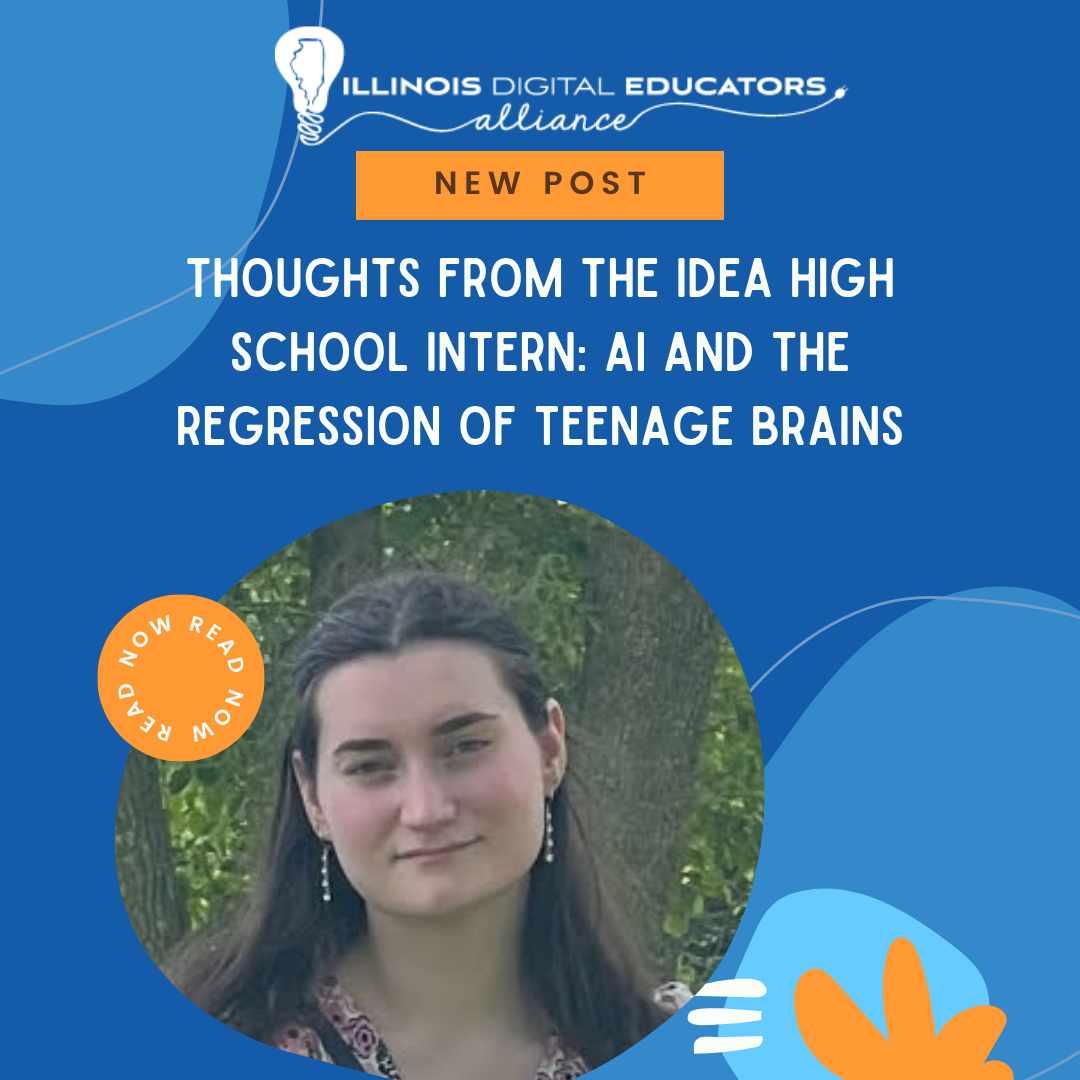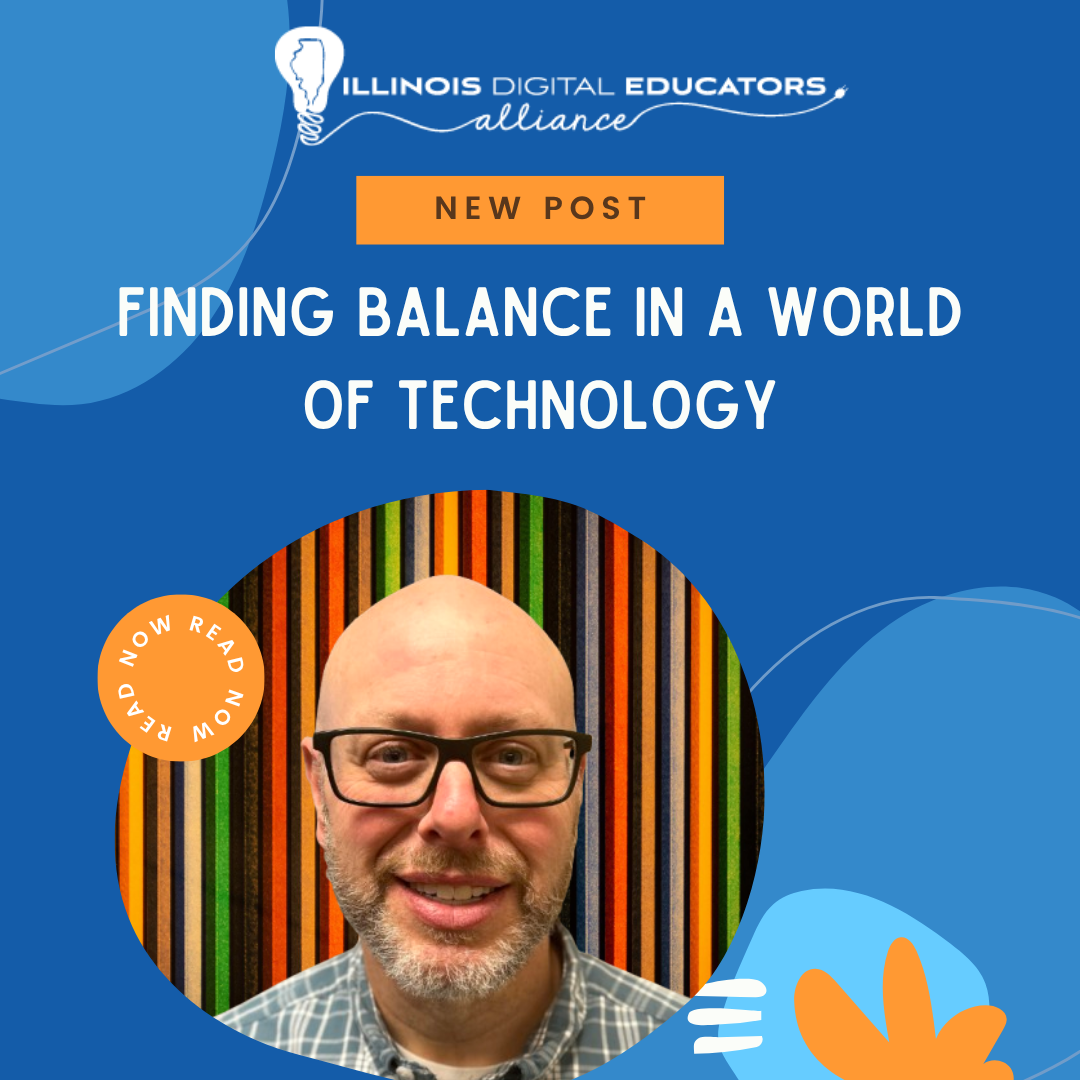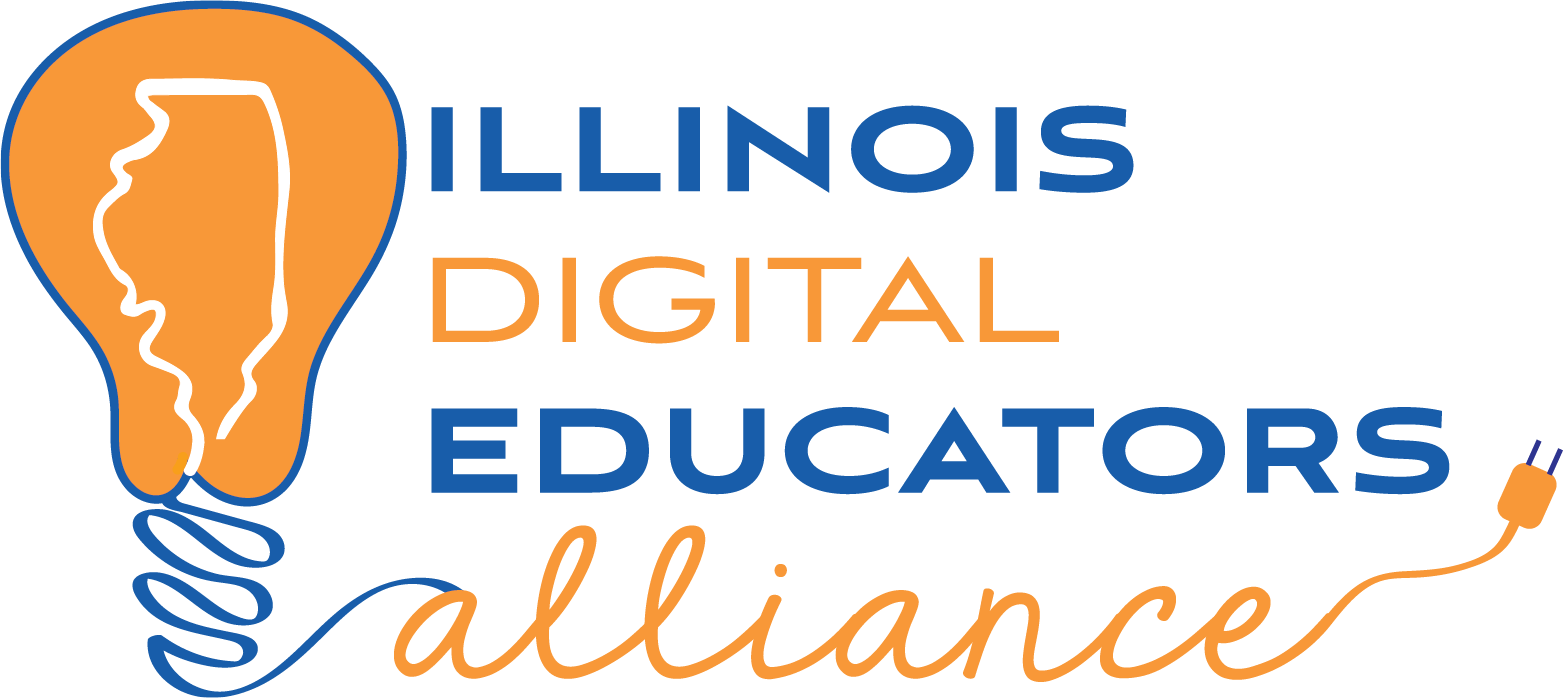Taking Flight with the Aviation Club
Thanks to the generosity of IDEA’s Mini Grant, our middle school Aviation Club took flight with the addition of Meta Quest VR goggles and flight simulator software. What began as a student-driven idea quickly turned into one of our most engaging STEM experiences, allowing students to explore the science of flight and practice real-world problem-solving, all through immersive virtual reality technology.
Idea Funded
The focus of our mini grant was to use virtual reality technology to create an Aviation Club. The goal was to give students an immersive, hands-on experience exploring aviation principles while fostering problem-solving and critical-thinking skills through real-world flight scenarios. What made this project especially meaningful is that it was student-driven. The idea for the Aviation Club came directly from students who were already involved in our MakerSpace program. They were curious about how flight works and wanted to explore aviation careers in a more interactive and technology-based way.
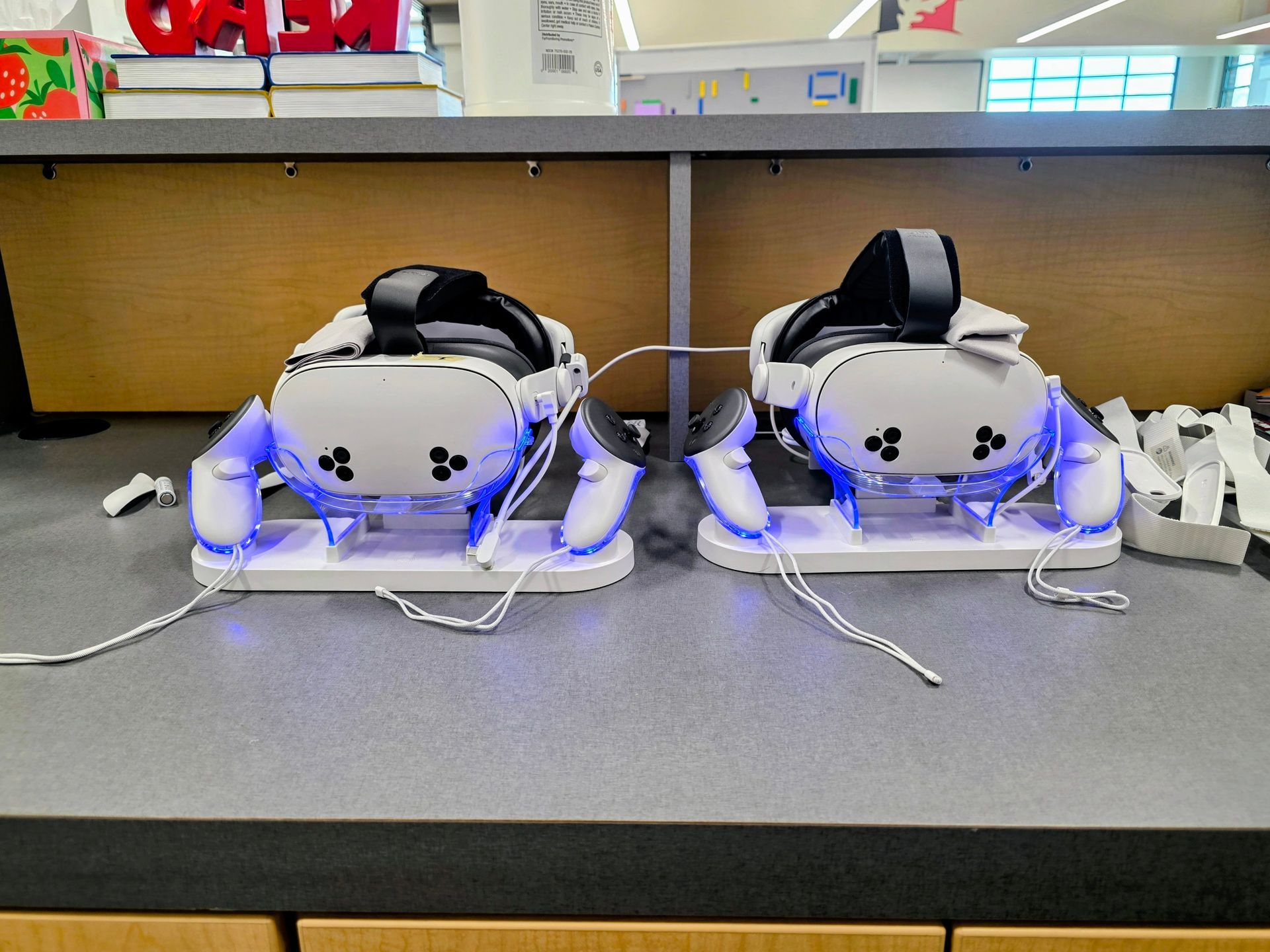
Implementation with Students
Students were at the heart of every step in bringing the Aviation Club to life. After expressing their interest in learning about flight, they helped design the structure of the club and even took the lead in setting up the equipment once the Meta Quest VR goggles arrived. Together, we transformed a section of our MakerSpace into a mini “flight lab,” complete with VR stations and a tracking system for flight hours.
Students explored the various simulator curriculums, learning aviation principles through hands-on missions. They worked in teams to complete takeoffs, navigate weather conditions, and overcome real-world flight challenges together. They also took ownership of troubleshooting technology, sharing tips, and encouraging one another to master more advanced simulations. By giving students control of both the setup and the learning process, the club became a truly student-centered experience where curiosity, collaboration, and creativity took flight.
Student Reach
The Aviation Club includes students in 6th, 7th, and 8th grade, with approximately 60 participants. Students from all three grade levels collaborate in mixed-age groups, allowing younger students to learn from older peers while developing teamwork and leadership skills. This diverse mix has created a supportive learning community where every student, regardless of experience level, can explore aviation and STEM concepts in a hands-on, engaging way.
Lessons Learned
One of the biggest surprises was how quickly students took ownership of their learning. They didn’t want to just “play” with the VR goggles. They actually wanted to master the science of flight. Their excitement to teach one another, share flight tips, and troubleshoot together showed me how powerful student-led learning can be. What worked especially well? Learning how to project what the students saw through the VR headset onto a tv screen. This helped students stay deeply focused and made celebrating successful landings together more fun. The collaborative energy was incredible.
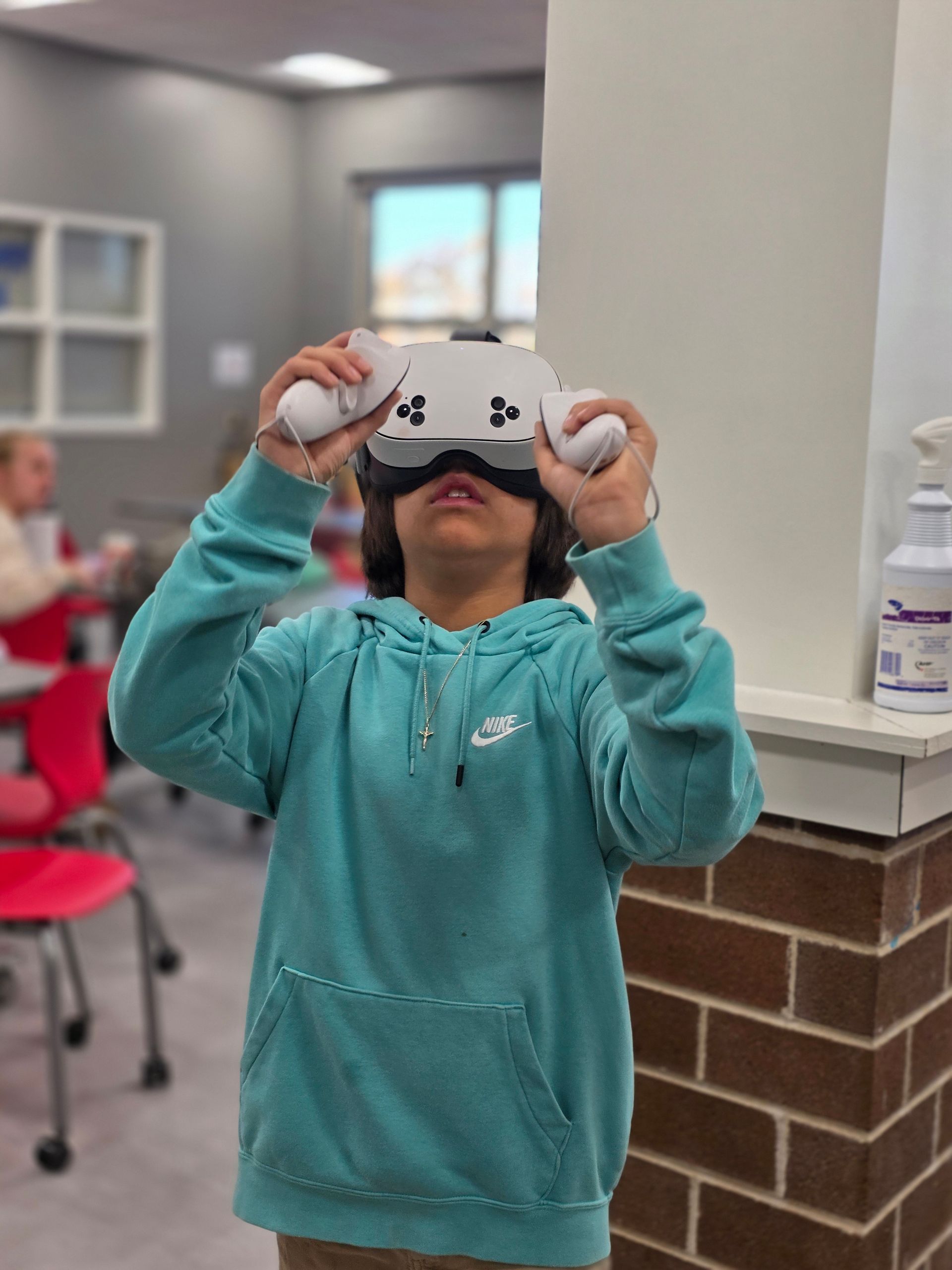
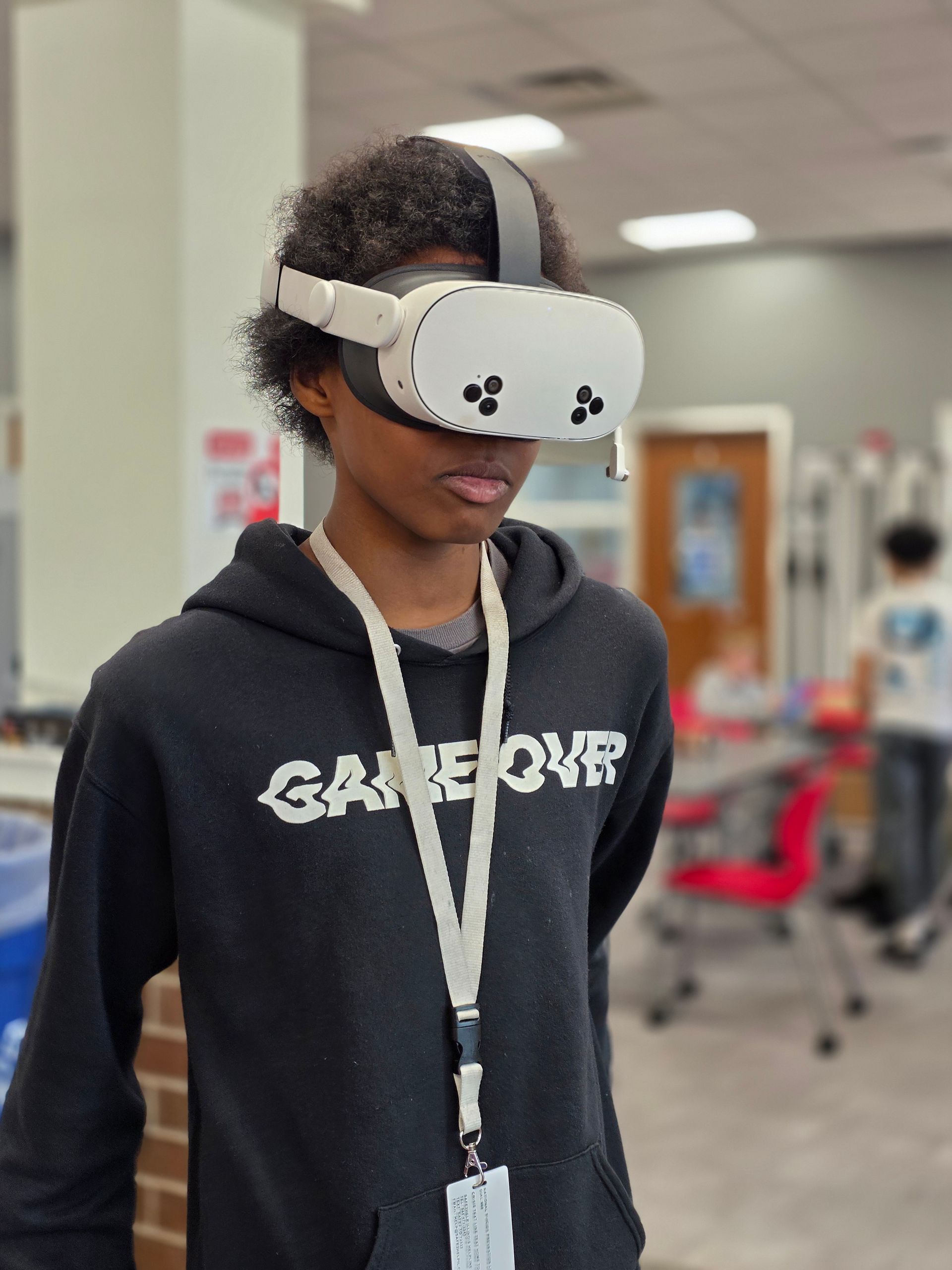
The main challenge came during the setup phase. There was some trial and error in finding the best simulation game to use. Since the project was student-driven, their definition of “educational” didn’t always match mine. We tested several programs trying to balance fun, realism, and strong educational value.
Reflections and Adjustments
If I could do the project again, I would start by introducing a few different flight simulations earlier, giving students more time to explore and compare them before settling on the main program. This would help balance student choice with educational goals from the beginning. My advice for others trying a similar project is to embrace the student-driven approach, even if it means a bit of trial and error. Let students take the lead in setting up equipment, testing programs, and exploring concepts. They often surprise you with their creativity and problem-solving skills.
Student Impact
Students responded with incredible enthusiasm and curiosity. Watching them fully immerse themselves in the VR flight simulations was inspiring. They were excited to log flight hours, solve real-world aviation challenges, and collaborate on strategies. I observed significant growth in problem-solving, critical thinking, and teamwork. The joy of “flying” their own planes and seeing their progress reflected in the simulator created an engaging, motivating, and unforgettable learning experience.
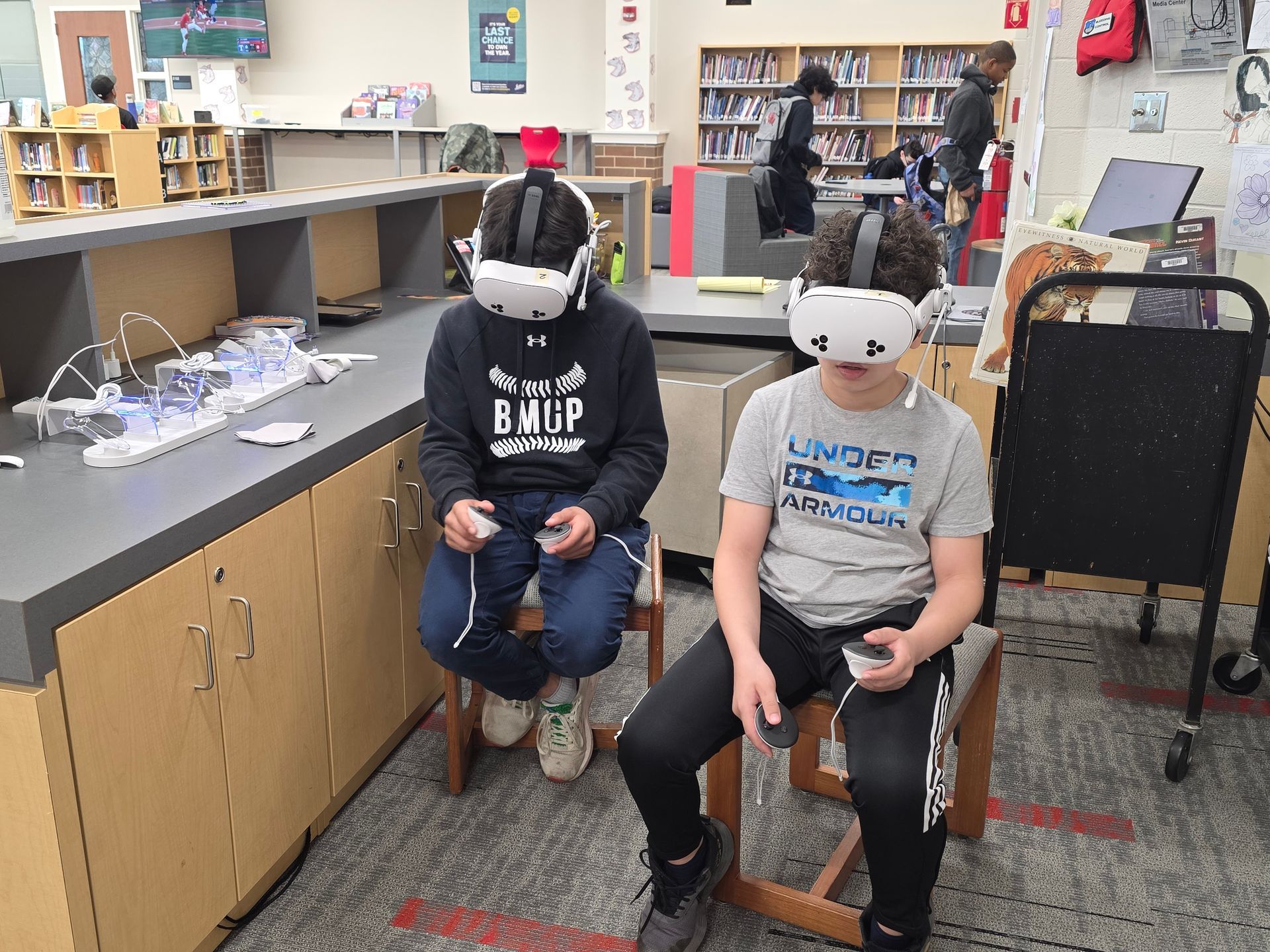
Sustainability and Next Steps
The success of the Aviation Club has opened the door for exciting growth. Our Educational Foundation has seen how engaged students are with the VR flight simulations and is now interested in funding additional VR goggles so more students can participate. Expanding access will allow us to reach an even larger group of learners across all grade levels. Looking ahead, we plan to broaden the program beyond aviation by introducing other STEM career simulations such as surgeons, mechanics, and engineers so students can explore a variety of high-demand fields through immersive, hands-on technology. The goal is to continue building curiosity and confidence in STEM while inspiring future career pathways through innovative, student-driven learning.
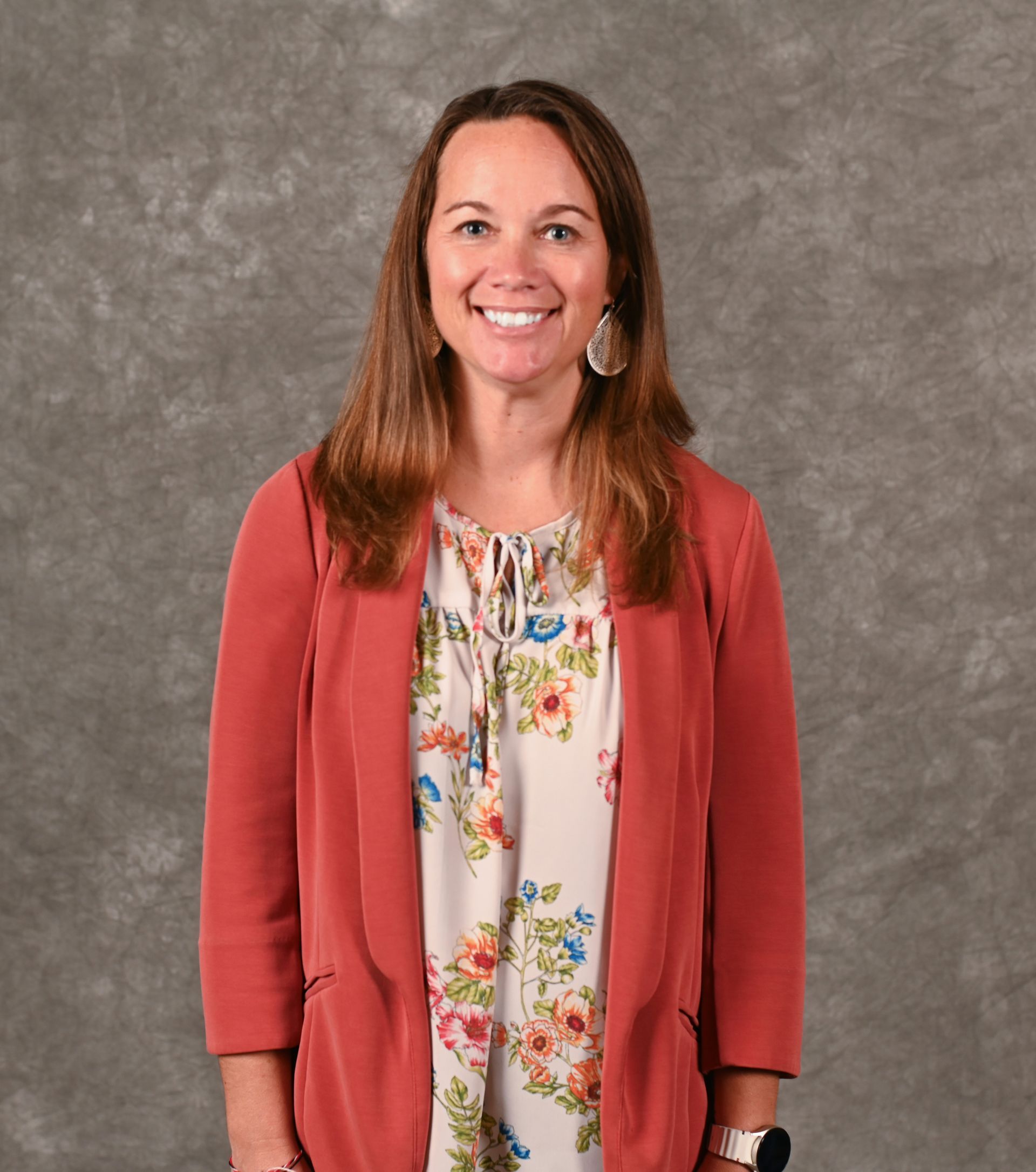
Heather McCarthy is the Media Specialist at Oak Lawn Hometown Middle School, where she inspires students through a blend of literature and technology, fostering a love of reading while engaging them in hands-on, digital learning experiences. She is passionate about incorporating her global travels into her library, from exploring animal prosthetics after visiting an elephant sanctuary in Thailand to leading efforts to build a library in Zimbabwe.
RECENT ARTICLES
